From a young age, Sushana Karki was accustomed to seeing the world from high above, almost as if from a bird’s eye view. After all, she grew up at the foot of the Himalayas in Kathmandu, a city situated at an altitude of 1,400 meters, which is the capital of Nepal—one of the most topographically diverse countries in the world, “sandwiched between two giant countries, India and China,” as she puts it. Who knows if this influenced her later calling as a GIS expert, a field that largely relies on geographic and remotely sensed data captured on various land platforms, airplanes, and satellites.
Also from a bird’s-eye view, we traverse her personal and professional journey, which took her all the way from her native land to Australia, where she now contributes her expertise to the planning of ACCIONA’s renewable energy projects. Every day, she works with the geographical, ecological, and archaeological nuances of the lands that will host the wind and solar farms that power the country. In this article, we delve into exactly what she does, why she’s passionate about it, and her life journey to becoming who she is today.
Scientific summits at home
Every story has a beginning. Perhaps, for this one, we can pick a living room in a house on the outskirts of Kathmandu in the late 20th century, on a typical Saturday morning. One after another, scientists and academics arrive to visit Mr. Karki. The group passionately discusses the latest scientific advancements with the host, who is a renowned professor, while sipping on their steaming cups of tea. In the corner, a young girl listens intently, fascinated by the intellectual world unfolding before her. Her name is Sushana Karki, and she has two things very clear: one day she will be a scientist and earn a PhD.
As one might expect, culture was significant in Sushana’s home. Both parents had pursued university degrees, though her mother eventually became a homemaker. Indeed, she was the one responsible for the aforementioned tea, “Sometimes, my mom was not very happy because she had to make tea for the visitors, a very important tradition in Nepal.” Sushana, however, represented a generational leap and embraced science as her horizon.
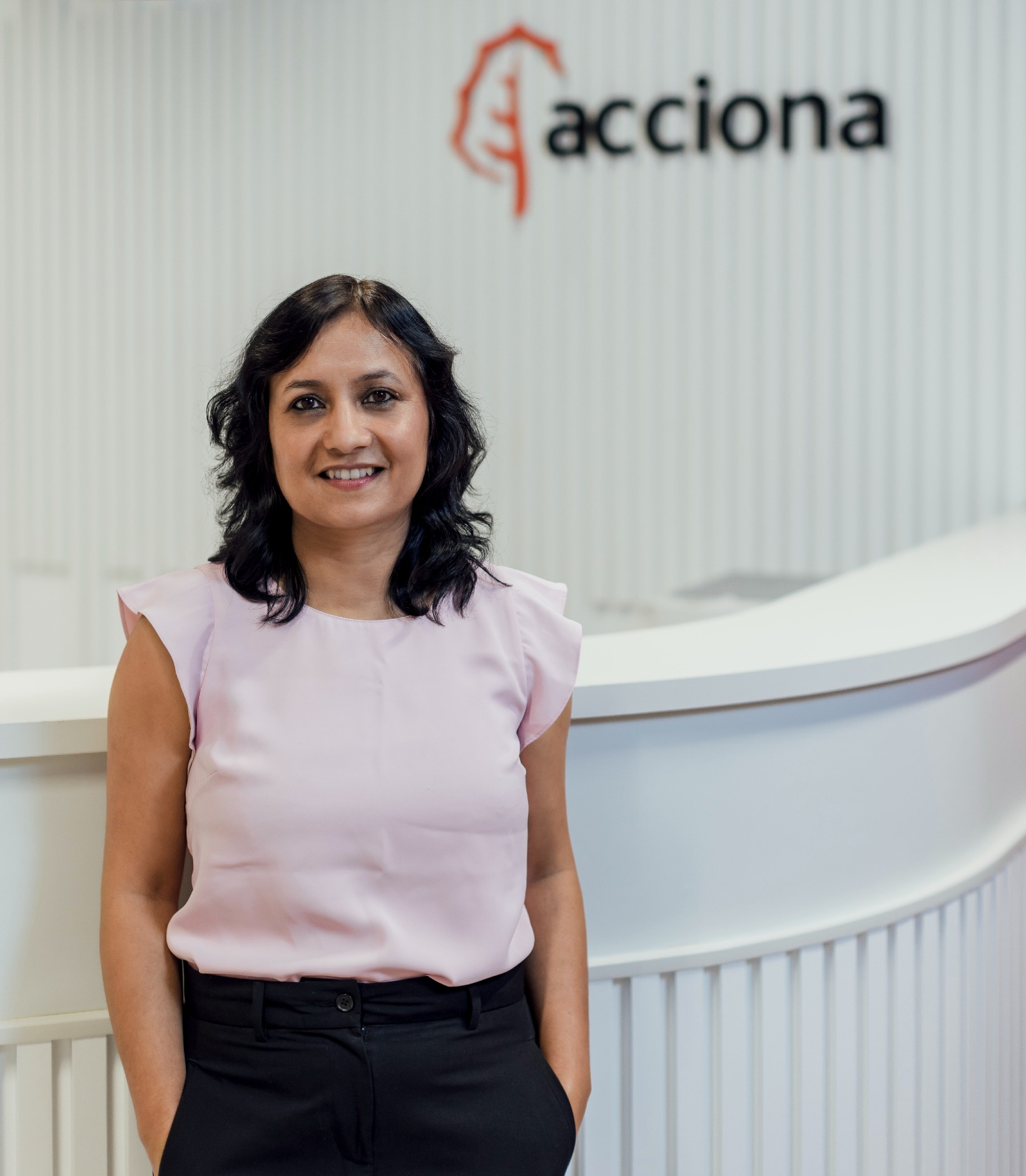
The scientist who loved plants
“I was always good at science and stuff, but not in physics or anything like that. I excelled in chemistry and biology, so I pursued the latter and graduated with a degree in plant science, which is essentially ecology,” she tells us about her university years in Kathmandu.
Despite this training, she would end up working in an engineering department at ACCIONA, though she never lost touch with ecology and plants, as we’ll see later. For now, Sushana has completed her university studies and begins to consider her professional future. Soon, she will be selected for an internship at a local company that will forever change her direction.
The big picture
At her first professional stop, she encountered a software system that shattered her preconceptions. It was an early version of the Geographic Information System (GIS) software. “If I hadn’t taken that job, I might have become a plant scientist. However, during that first internship, I had the opportunity to work with GIS. Being introduced to this field really piqued my interest in how it can be used as a tool to address many environmental issues,” she explains. Her first company was dedicated to analyzing issues like critical and endangered species, habitat mapping, and land cover change over large areas, but it was no longer necessary to visit each location to examine the area manually.
“Being introduced to GIS really piqued my interest in how it can be used as a tool to address many environmental issues.”
It was in this context that she felt the spur to seek new challenges, a spirit that has accompanied her throughout her life: “To be honest, studying books and conducting experiments can be quite monotonous. We’re always collecting samples. But now, with GIS, I can access a wealth of information—it’s a very powerful information management system.”
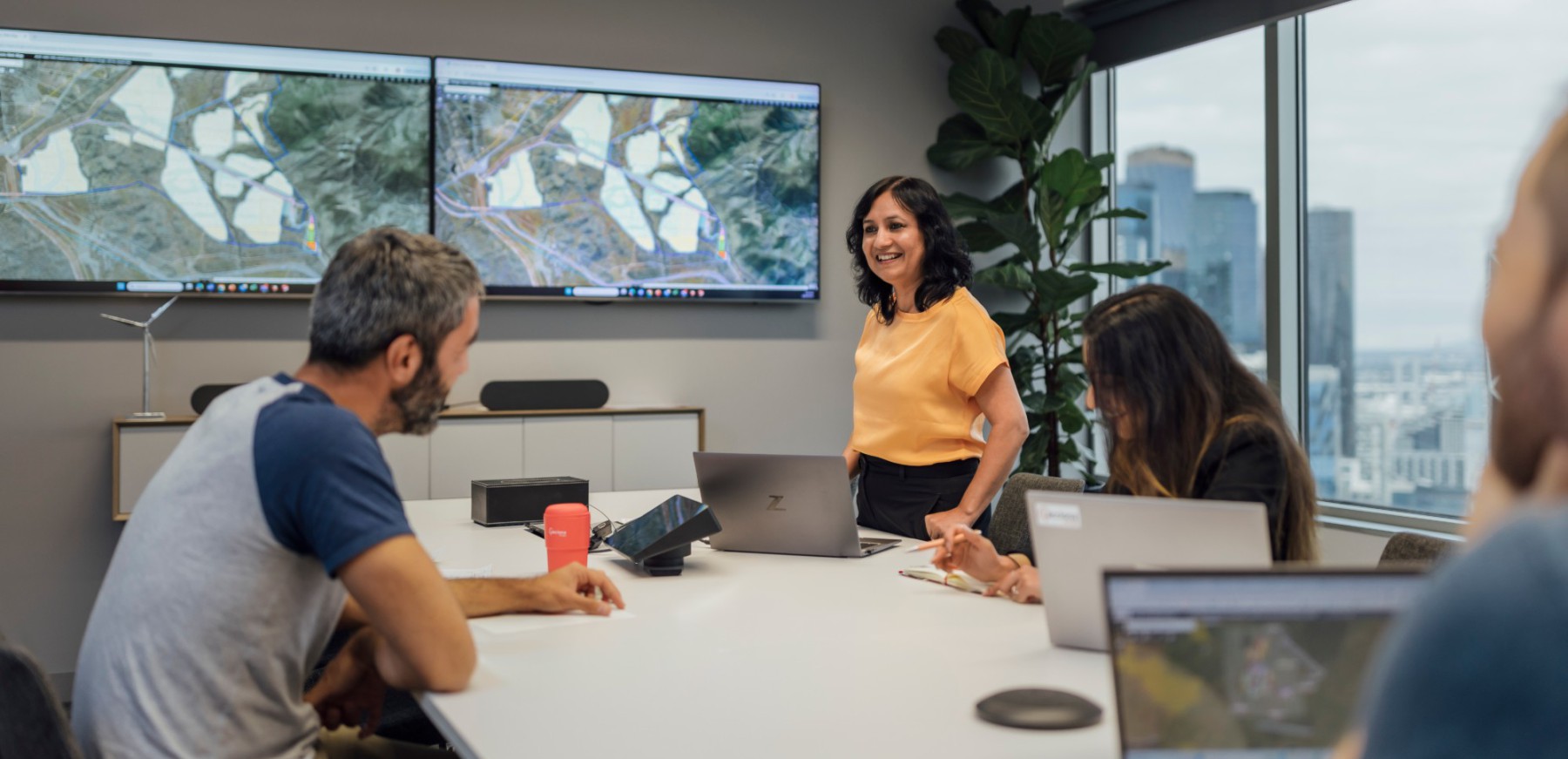
And she adds: “You can also visualize that information, which is an even more powerful aspect of GIS. I was able to see all the information I had studied in books right on my screen. For instance, I could observe tree decline and its patterns. I used to read about these things in articles, but with GIS, I could actually see them happening.”
From the heights of Nepal to the plains of Australia
Her company’s director soon noticed Sushana’s passion for GIS and encouraged her to pursue a master’s in that field. That was the reason for her first contact with Australia, where she could specialize in GIS thanks to a scholarship at the University of Melbourne. The arrival in the new country was not without cultural shocks: “In Nepal, we have a deep respect for our teachers. When I first arrived in Australia, I was told to address teachers by their names—it took me weeks to adjust because back home, we always used ‘sir’ or ‘madam’.”
Upon completing her master’s, she returned to Nepal to apply her new knowledge. However, Australia was far from a closed chapter. “I always knew I was going to pursue a PhD. So, I applied again for a PhD program in Australia, secured another scholarship, and then returned to the country,” she tells us. If her master’s had allowed her to learn about cutting-edge technology, her PhD endowed her with actual content. Specifically, she studied erosion on the banks of a river in northern Australia. She was ready for yet another challenge: to work at an Australian university.
From one challenge to the next
Our protagonist has taken many forks in her road. She could have dedicated herself to botanical research or, later, pursued an academic career, following in the footsteps of her father. However, after little more than a year as a lecturer and spatial science data officer, she felt the desire to take a new leap: “In academia, you’re limited to similar tasks each year. You teach your students and constantly apply for funding for specific projects. However, I wanted to apply my skills in a field that offered more challenges and opportunities, like the industry.”
“I wanted to apply my scientific skills in a field that offered more challenges and opportunities, like the industry.”
It was then that she moved into the world of consultancy with an GIS consultancy in Sydney and worked there for almost 3 years. “There, I had a truly hands-on experience with diverse geographical data including the Australian foundation data, which was enriching because academic work often focuses on a very narrow area. That job allowed me to dive deep into a wide range of data and work with diverse projects.” However, at this point, the reader might already have an idea of what comes next.
“So, the company was great, everything was great, but I just wanted to explore some more things, because I had probably reached the saturation point at that company. So, I think I was looking for the opportunity and in late 2017 I applied for a position in other firms.” One of them was the largest 100% renewable energy company in the world. And yes, as the reader can also imagine, it was ACCIONA Energía.
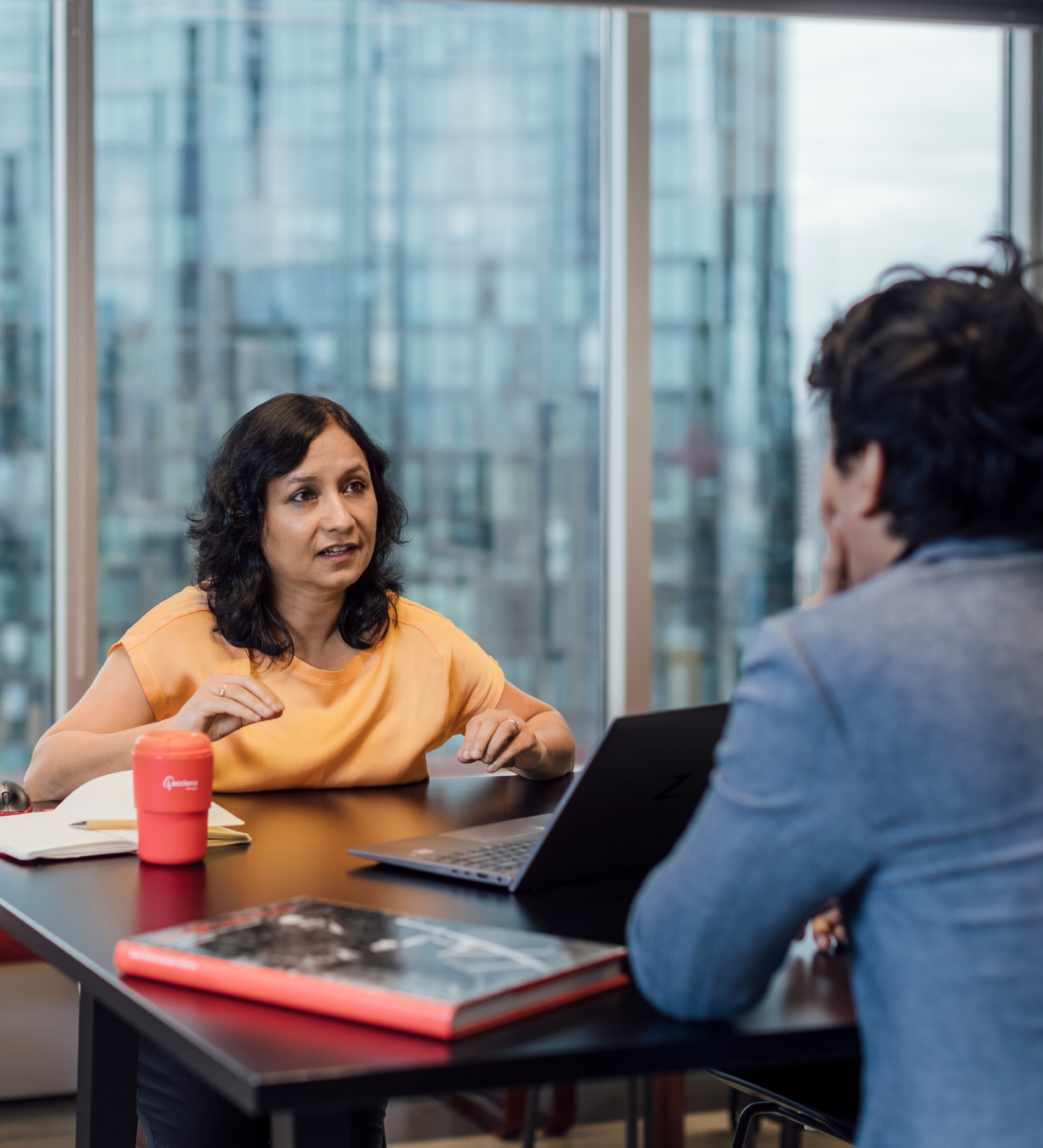
Sushana’s choice
Sushana tells us that she received three offers, but ultimately opted for ACCIONA. Why did she choose it? “I would say it’s the way they work towards sustainability… They flew me over from Sydney to Melbourne and I looked at all the setup and everything, and what’s their culture,” she reminisces. The opportunity to leverage her own potential and grow also weighed heavily: “I expressed my desire to take on various tasks because I had the knowledge and was eager to explore more. My manager at the time was very encouraging. He said, ‘OK, you can do this. You are going to handle everything in GIS,’ which really played to my strengths.”
In addition to the culture and opportunities to grow, she was attracted by the type of projects: “I also looked at the projects on the website. When you are applying for a job, when you are serious about the company, you start exploring about what do they do. And I looked at the job and they were doing really interesting things.” And not just the type of projects, but the ability to be present throughout the entire process of each one: “Working on these wind farms and facilities allows you to see the projects from the conceptual to the operational phase.”
“Working on these wind farms and facilities allows you to see the projects from the conceptual to the operational phase”.
So Sushana bet on ACCIONA. The decision also allowed her to move to live in Melbourne with her partner, a project director in multinational consultancy who until then had been working in New Zealand and received a job offer in the same city.
From geography to botany and culture
As her first manager told her during the interview process, ACCIONA Energía gave her the opportunity to apply her GIS knowledge to new projects. In summary, Sushana is responsible for providing spatial services required by the energy business in Australia, essentially on every project and at every phase of the project’s life cycle (greenfield to operation).
She uses spatial data, software, and tools to identify and analyze the areas where wind and solar farms can be developed. And through spatial and other relevant databases, she analyses not only aspects of geographical constraints, but also issues related to land and ownerships, topography, hydrology, biodiversity, and cultural heritage, and enables stakeholders to visualize them through online platforms to make informed decisions.
And here sometimes the plant scientist she was in her beginnings emerges. Thus, a few years after starting her journey at ACCIONA, Sushana had the opportunity to collaborate in the development and construction of the MacIntyre wind farm, the largest of its kind in Australia, and use the data of other inhabitants such as protected plant species and its significant habitats.
Among them is Macrozamia conferta, an antediluvian plant that was part of the diet of dinosaurs and is now considered a protected species. Thanks to the implementation of GIS, Sushana could help technicians to map and advise the areas where this species was located. Finally, the specimens were safely relocated in an ambitious operation carried out by the environmental, compliance, and construction teams.
She and her team run several such analysis to ensure the impact the engineering design and its footprint on protected plants, animals and their habitat are minimized throughout the construction phase and that they are within the agreed and approved quantity as in planning approval. Currently they are busy providing similar services to ACCIONA’s other milestone, “Aldoga Solar Farm”. This ready to construct 486MW solar farm is located close to Gladstone and is another giant project she has been involved since the very early stage.
GIS is also a tool of great importance when it comes to locating archaeological remains and areas of cultural or heritage value, as well as for defining any potential impact. “We place great importance on respecting the sentiments and history of an area and its traditional landowners. We have a team that collaborates directly with them and the local community, while I contribute by assessing the neighborhood, identifying impacted neighbors, and handling similar matters,” she clarifies.
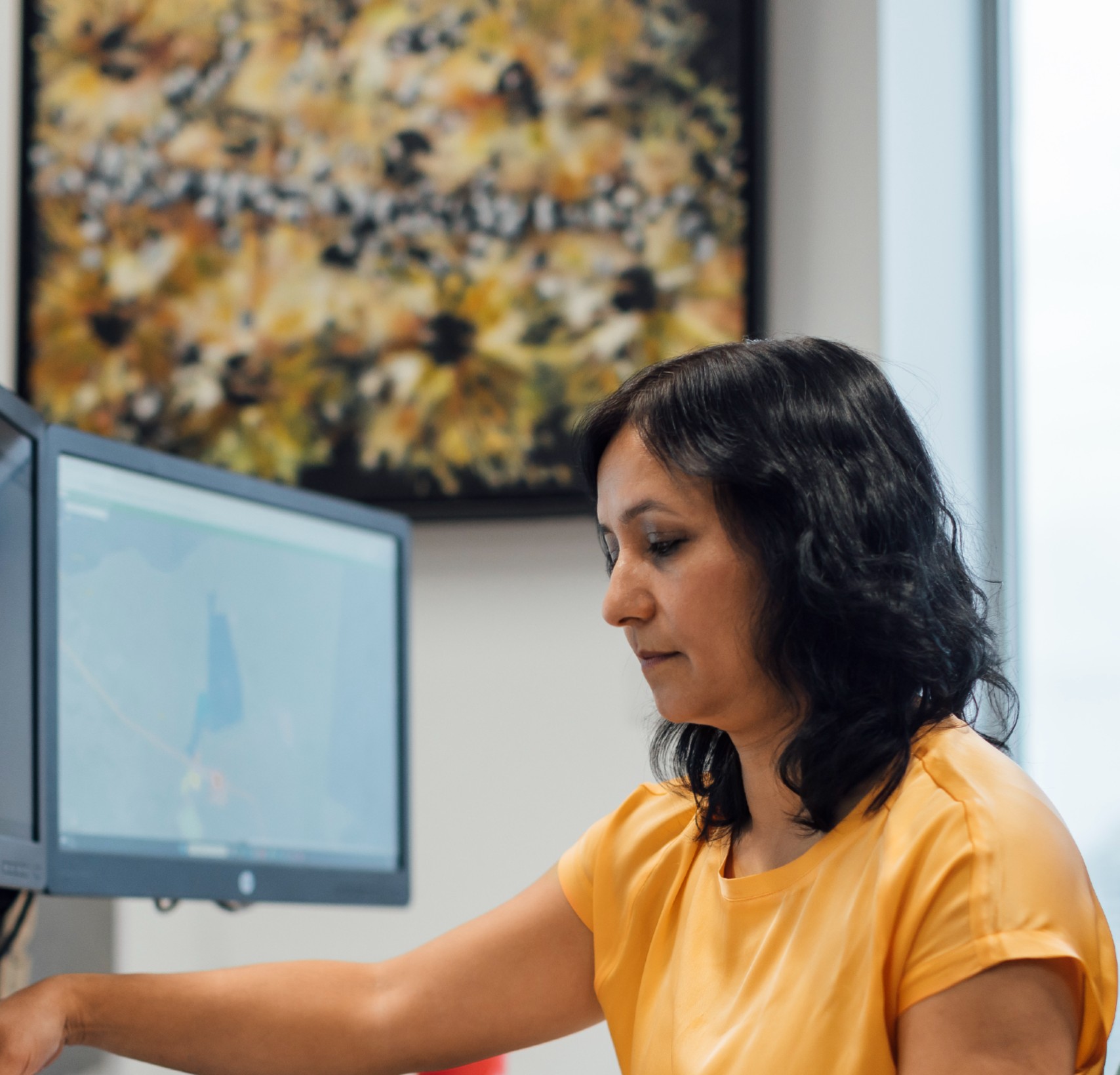
“We place great importance on respecting the sentiments of the community and history of an area and its traditional landowners.”
As an employee of ACCIONA Energía, she has witnessed and been a protagonist in the great technological evolution of recent years. “Back in the day you worked with a printed map. Now we don’t use that anymore because it’s all in the cloud and available online to everybody in the business, so they can access all those sorts of things from their fingertips” she reflects.
Thus, her work is increasingly based on the use of geographic information and the data from high-resolution satellites, LiDAR and similar cutting-edge technologies (that contains valuable information of ground features, both natural and manmade) and other sources that converge in large databases, and result of analysis is accessible from anywhere in the world and by different departments.
Of course, digitization and GIS is just one aspect of an innovative corporate culture: “We conduct extensive research to develop technology that maximizes value while minimizing our environmental footprint. For instance, ACCIONA was a pioneer in using blade lifter technology at the MacIntyre wind farm. Our robust R&D department focuses on innovations like green hydrogen, battery storage, and similar technologies.”
“We do a lot of research into developing technology that maximises value while minimising our environmental footprint. For example, ACCIONA pioneered the use of Blade Lifter hydraulic blade lifting technology at the MacIntyre wind farm.”
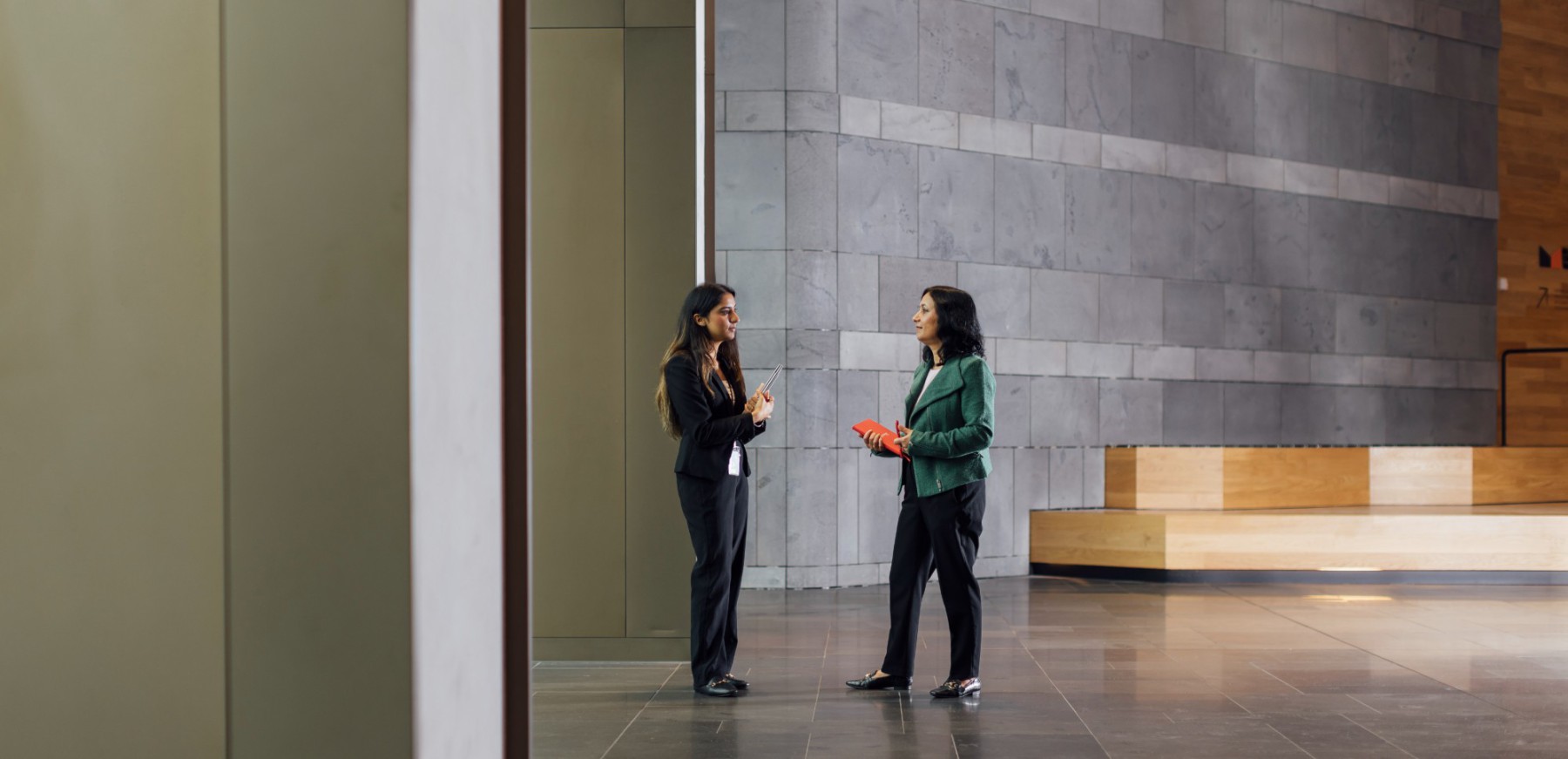
Women at the wheel
Sushana also talks about her experience as a woman in the working world, which, obviously, is far from those Saturday mornings with her mother serving tea. Yes, there are still everyday details that speak of some inequality.
“Of course, inequality exists in everywhere, in industry, academia and in the government, obvious in some while subtle in others. And this issue will not disappear overnight, it will take its own pace, but this needs to be acknowledged and addressed. It is great to see companies like ACCIONA have already initiated programs to overcome such challenges,” she points out.
Her daily routine in the company is quite different. In fact, she is participating in the International Women Acceleration Track, an initiative by ACCIONA aimed at equipping women with all the necessary tools to access leadership positions. “That’s something I had never witnessed at any other company I’ve worked with,” she observes. Sushana further adds, “While I feel fortunate to be part of reputed iWAT program, a few people might perceive it as an opportunity I got for being a woman. In future, in line with ACCIONA’s vision, I hope to see more women with potential are recognized on time based on their capability, and contributions and that we do not have to initiate a women centric leadership program”.
A sense of ownership (and belonging)
As a conclusion, what else would she highlight about her work? “Another thing I’d like to mention is the sense of ownership I feel in my projects. It’s like what you’d do for your own home, so you just want to give it your best. And I think the feeling is mutual, because the company really looks out for you too.”
Since arriving at ACCIONA Energía as an analyst until her current position as manager, Sushana’s career has progressed in professional terms, but also in terms of knowledge and new challenges, a crucial aspect for her, “At my previous companies, I stayed for a maximum of three years. I joined ACCIONA in 2018, and now it’s April 2024, which makes it precisely six years and four months. This longevity says a lot about the company—it offers enough challenges to keep people engaged for the long haul and it has excellent culture.”
At ACCIONA we need the best professionals on our team, people who choose to invest their talent in generating a positive impact on the planet. Want to sign up for this commitment?


